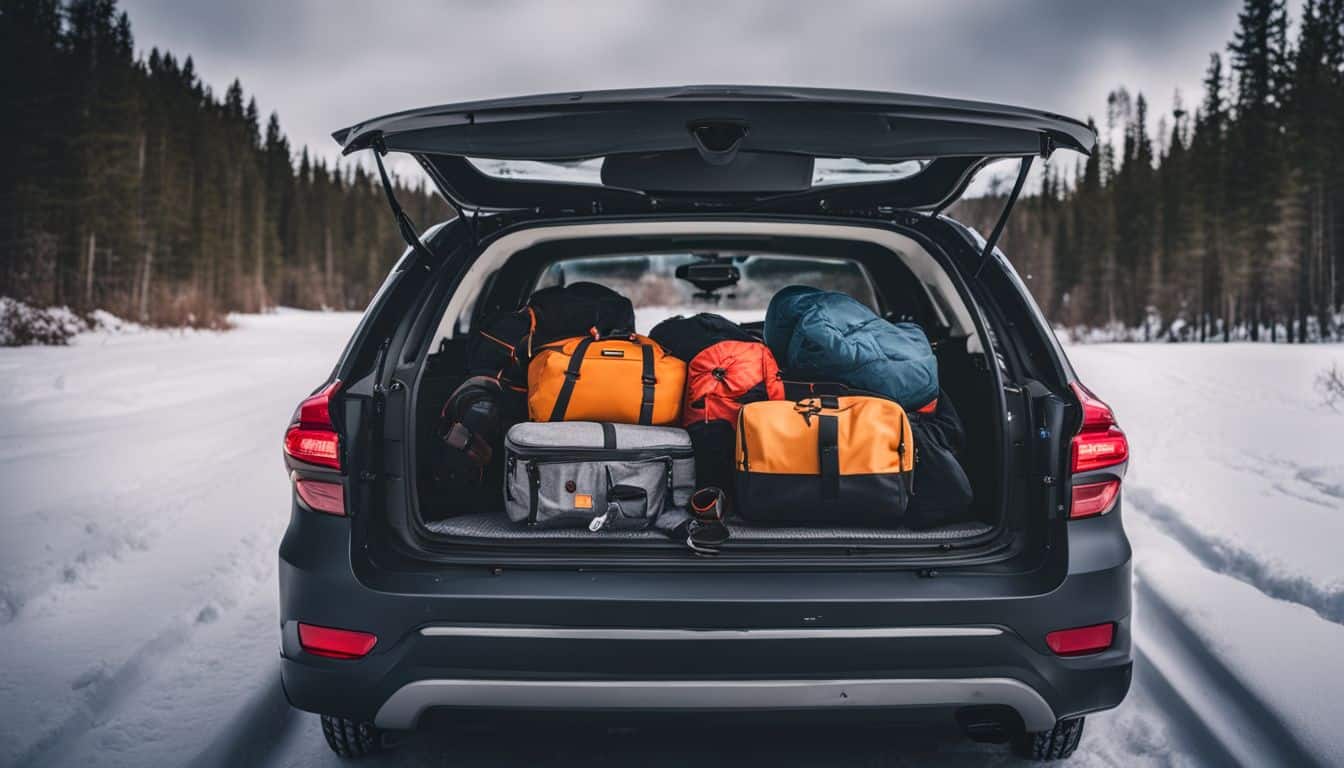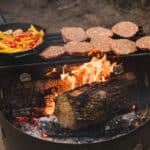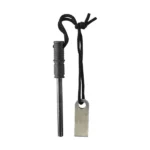When venturing into cold climates or preparing for extreme winter conditions, having the right gear can mean the difference between survival and disaster. This comprehensive guide will walk you through the essential survival gear you need to stay safe and comfortable in frigid temperatures.

Table of Contents
- Understanding Cold Weather Risks
- Clothing Layering System for Extreme Cold
- Essential Cold Weather Gear
- Shelter and Sleep Systems
- Fire Starting Tools and Heat Sources
- Hydration and Nutrition
- Navigation and Communication
- First Aid and Emergency Supplies
- Transportation Considerations
- Power and Lighting
- Cold Weather Survival Skills
- Preparing Your Home for Extreme Cold
- Vehicle Preparedness for Winter Travel
- Conclusion
Understanding Cold Weather Risks
Before we dive into the gear, it’s crucial to understand the risks associated with cold weather. Surviving cold and hypothermia requires knowledge of symptoms and prevention techniques. Hypothermia and frostbite are the two most significant dangers, but other cold-related health risks can also pose serious threats.
Clothing Layering System for Extreme Cold
The foundation of cold weather survival is a proper layering system:
- Base layer: Moisture-wicking materials like merino wool or synthetic fabrics
- Insulating layer: Fleece, wool, or down for trapping heat
- Outer shell: Waterproof and windproof options to protect against the elements
Remember, avoid cotton as it retains moisture and can lead to rapid heat loss.
Essential Cold Weather Gear
- High-quality insulated winter boots and wool socks.
- Insulated gloves or mittens (mittens are generally warmer).
- Warm hat that covers your ears.
- Face protection like a balaclava or neck gaiter.
- Goggles or sunglasses to protect against snow glare.
Shelter and Sleep Systems
- Cold-rated sleeping bag (look for temperature ratings below the expected conditions).
- Insulated sleeping pad to prevent heat loss to the ground.
- Emergency blankets and bivvy sacks for unexpected situations.
- Four-season tent or tarp for temporary shelter.
Fire Starting Tools and Heat Sources
- Waterproof matches and lighters.
- Ferrocerium rods and tinder for backup fire starting.
- Portable stove and fuel for cooking and melting snow.
- Chemical hand and body warmers for extra heat.
Hydration and Nutrition
- Insulated water bottles and thermoses to prevent freezing.
- Water purification methods suitable for cold environments.
- High-calorie, nutrient-dense food options that won’t freeze.
- Electrolyte powders to encourage proper hydration.
- Maps and compass (and the skills to use them).
- GPS devices with extra batteries.
- Emergency signaling devices like whistles or flares.
- Two-way radios or satellite communicators for remote areas.
First Aid and Emergency Supplies
- Cold-specific first aid items like blister treatment and hand warmers.
- Emergency medications, including any personal prescriptions.
- Multi-tool or knife for various tasks.
- Duct tape and repair kit for gear fixes.
Transportation Considerations
- Snowshoes or skis for traversing deep snow.
- Ice cleats or crampons for traction on icy surfaces.
- Collapsible shovel for snow removal or shelter building.
- Vehicle-specific winter emergency kit if traveling by car.
Power and Lighting
- Headlamps and flashlights with extra batteries.
- Solar or hand-crank chargers for sustainable power.
- Power banks for recharging electronic devices.
Cold Weather Survival Skills
Gear is essential, but skills are equally important:
- Learn to build snow shelters like quinzhees or snow caves.
- Practice recognizing and treating cold-related injuries.
- Master techniques for finding and melting snow for water.
- Develop navigation skills specific to winter conditions.
Preparing Your Home for Extreme Cold
Don’t forget about home preparedness:
- Improve insulation and weatherproofing.
- Have alternative heating sources ready.
- Take steps to prevent frozen pipes.
Vehicle Preparedness for Winter Travel
If you’re traveling by car:
- Install winter tires and carry chains.
- Pack an emergency car kit with food, water, and blankets.
- Familiarize yourself with safe driving techniques for snow and ice.
Conclusion
Being prepared for cold weather emergencies requires a combination of the right gear and the knowledge to use it effectively. Regularly practice with your equipment, stay informed about weather conditions, and maintain your gear to ensure it’s ready when you need it most.
Remember, the best survival gear is the gear you know how to use. Take the time to familiarize yourself with each item in your kit and practice your cold weather survival skills in controlled conditions before you need them in an emergency.
Stay safe, stay warm, and enjoy your winter adventures with confidence!





















Leave a Reply